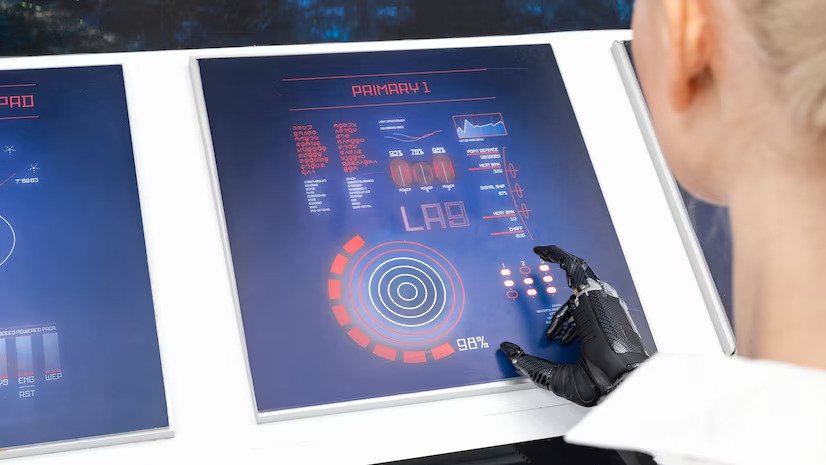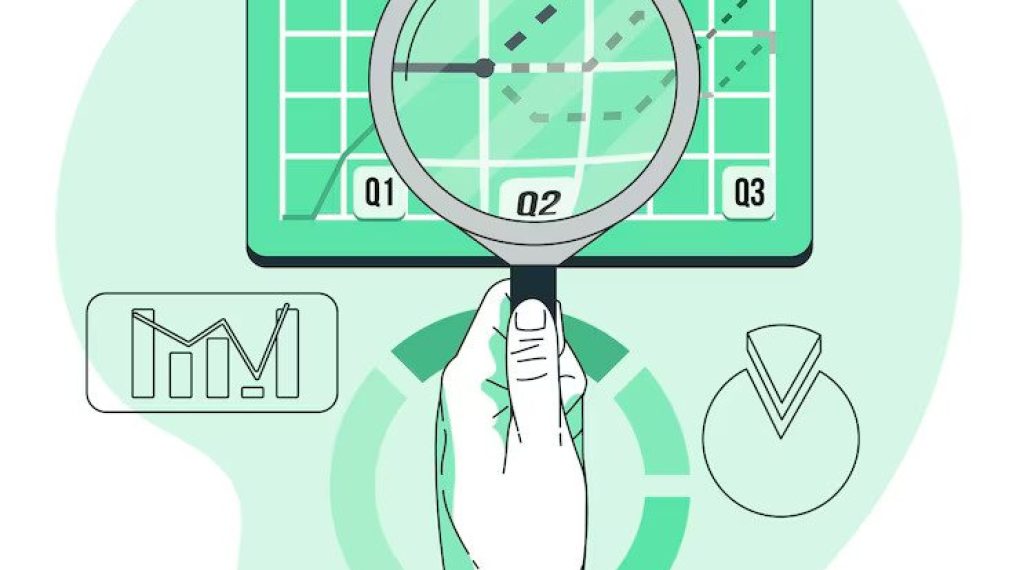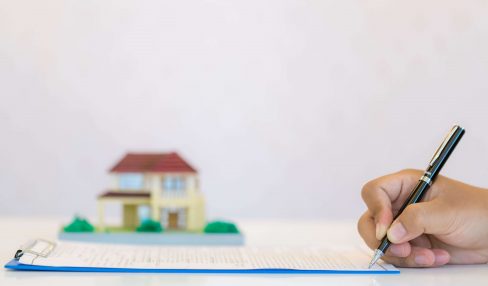Combining Manual And Automated Visual Testing: Strategies For Optimal Results
4 Mins Read
Published on: 11 May 2023
Last Updated on: 08 November 2024

toc impalement
Have you ever found yourself staring at an app or website, wondering if it looks off or isn’t functioning correctly?
As a developer or tester, it’s vital to ensure that the visual aspects of a product are perfect. However, with a myriad of devices, browsers, and resolutions, visual testing can be a daunting task. That’s where a combination of manual and automated testing comes in.
Combining the strengths of both methods ensures comprehensive coverage and provides optimal results. Let’s delve into the strategies for effective manual and automated visual testing, including their pros and cons and how they can be used together for maximum efficiency.
Overview Of Manual Visual Testing
Checking an application’s appearance on various devices and web browsers is crucial while developing software so that uniformity across different platforms can be ensured by developers. Visual testing tools come in handy here to help ensure that applications are both user friendly as well as visually pleasing since both aspects play a critical role in making a great impression on users.
After checking every single component of an app exhaustively using manual visual testing methods which include examining design elements like layout, color scheme, and font styles etc testers then work towards meeting client demands by adhering to these standards.
Even though visual testing can be done without any automated help it works better when combined with other testing processes. This combination of techniques guarantees that every part of the software has been tested, rechecked, and is free from errors before its release.
Human visual testing can be performed alone, but it works best in conjunction with other testing techniques, such as automated testing. This strategy ensures that every component of the application has undergone rigorous testing and is prepared for release. Visual testing performed manually is essential to the software testing process and shouldn’t be disregarded.
Understanding Automated Visual Testing

Visual regression testing, also known as automated visual testing, enables you to check for visual changes in your software automatically without manually reviewing each component.
Consequently, how does automated visual testing operate? It takes screenshots of the software’s user interface using an automated script and compares those to a reference image. Then, any discrepancies between the two photos are indicated as potential problems that demand additional research.
Automated visual testing is a flexible option for all kinds of software because it can be carried out on both desktop and mobile applications. It decreases the possibility of overlooking any aesthetic faults that can negatively affect the user experience while also saving time and effort.
The ability to test on many browsers and devices and interact with continuous integration/continuous delivery (CI/CD) pipelines are additional advantages of automated visual testing solutions. These features enable you to make sure that your software looks the same on all platforms, gadgets, and browsers.
It’s crucial to remember that automated visual testing does not take the role of manual testing. Manual testing can only pick up certain aesthetic flaws, whereas automated testing can discover the majority of them. As a result, combining manual and automated visual testing can produce the best outcomes and guarantee that all visual errors are found and fixed.
Combining Manual And Automated Visual Testing For Optimal Results
Visual testing is an essential part of software development, and it can be done manually or through automation. Both methods have their advantages and disadvantages, and combining them can lead to optimal results.
Manual visual testing involves human testers visually inspecting an application’s user interface and functionality. This method is time-consuming but can catch issues that automated testing might miss. However, it is prone to human error and is not scalable for larger projects.
On the other side, automated visual testing uses specialized software to carry out visual checks. Compared to manual testing, it is quicker, more precise, and can handle bigger tasks. It may, however, fail to detect some problems that only human testers can.
Combining manual and automated visual testing can produce the best results by utilizing the advantages of both techniques. Manual testing, for example, can be used to identify issues that automated testing may miss. Manual testing can set a starting point for the application’s desired behavior, whereas automated testing can swiftly complete thorough visual checks. Manual and automated testing can both be used in conjunction with one another.
Following each code modification, automated testing can ensure that the software continues to function as intended. Additionally, automated testing can be used to perform routine visual inspections, like detecting distorted images or misplaced text. Then, human testers can concentrate on more challenging problems that need a visual assessment.
Conclusion
Combining human and automated visual testing can be an effective technique for optimizing software testing results. It combines the precision and efficiency of automated testing with human testers’ creativity and critical thinking skills.
However, remember that this technique requires careful organization, communication, and collaboration to succeed. As they gather insights and feedback from their testing procedures, teams must also be willing to adapt and iterate.
Additionally, by incorporating manual and automated visual testing into their testing processes, teams may produce more robust and successful software solutions while providing better customer value.
Read Also:


















Comments Are Closed For This Article